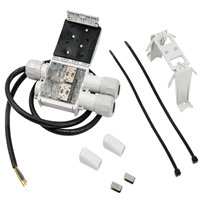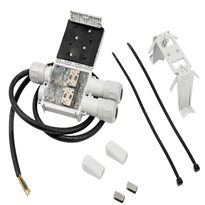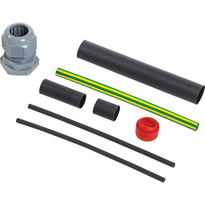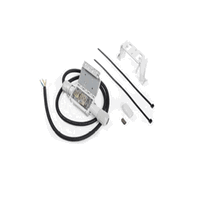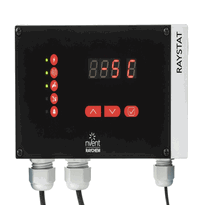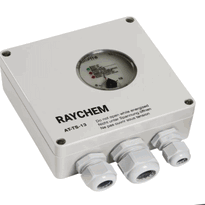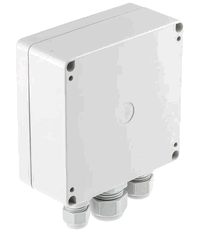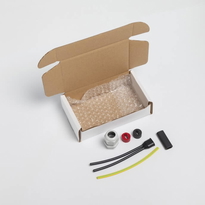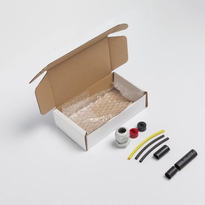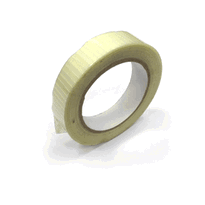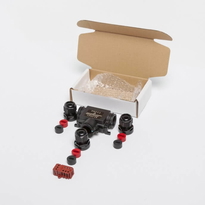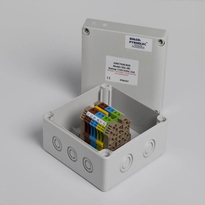Electric Heat Trace Tape
Electric heat trace tapes are specialized heating cables designed to prevent freezing, maintain process temperatures, and enhance safety along pipes, vessels, and surfaces. They feature a flexible construction with embedded resistive elements, often self-regulating or parallel circuit types, allowing for efficient and uniform heat distribution.
Proper installation involves securing the tape at specified intervals, connecting it to appropriate power sources, and integrating temperature sensors and controls. Understanding these systems ensures effective operation; further exploration can help optimize their performance and safety.
Overview of Electric Heat Trace Tape Technologies
Electric heat trace tape technologies encompass a diverse range of systems designed to maintain or regulate the temperature of pipes and other surfaces through electrical resistance heating. These systems are vital in preventing the freezing of pipes, reducing the risk of ice build-up, and maintaining process efficiency in various industrial and commercial settings. Development of electronic controls has significantly enhanced the precision and safety of heat trace systems, allowing for more sophisticated and reliable temperature management. Series circuit mineral insulated (MI) cables deliver a consistent wattage output, ensuring uniform heating along the length of pipes and offering excellent temperature stability. They're robust, withstanding harsh environments, making them suitable for critical applications. Parallel circuit heating cables provide flexibility by allowing field cutting to customize their length. Despite being cut to different sizes, these cables maintain a uniform wattage distribution, enabling precise control over heat output across various sections of piping or equipment. Self-regulating heat trace cables are designed to dynamically adjust their heat output based on ambient temperatures. This adaptive feature reduces the risk of overheating, conserves energy, and extends the lifespan of the system. They're particularly useful where temperatures vary significantly or where precise control is required. Skin-effect tracing systems generate heat on the inner surface of ferromagnetic tubes, which are thermally coupled to the pipes for efficient heat transfer. These systems are especially effective in applications involving ferrous materials, providing targeted and effective heating. Thermoplastic heat tapes, equipped with integrated thermostats, offer versatile options for constant or self-regulating heating. They facilitate precise temperature control, ensuring safe and efficient operation in a range of industrial and commercial environments.
Applications and Benefits of Heat Trace Tape Systems
Heat trace tape systems are widely utilized across various sectors to meet critical operational requirements, chiefly focusing on freeze protection, temperature control, energy efficiency, ease of installation, and safety in hazardous environments. These systems prevent pipes and vessels from freezing in cold weather, ensuring uninterrupted flow of liquids and avoiding costly shutdowns, especially in industries such as oil and gas, petrochemicals, power generation, and food manufacturing. They assist in maintaining process temperatures for liquids like oils and foodstuffs, preventing solidification and ensuring consistent quality. Modern systems often incorporate thermostats and sensors, enabling automated regulation that reduces energy consumption and extends the lifespan of system components. Their flexible, conformable design facilitates quick and adaptable installation on complex surfaces. Additionally, specialized cable types guarantee safety and regulatory compliance in environments subject to explosion risks or extreme conditions. XtremeFLEX® heating tapes include a patented design that significantly reduces installation time, which helps to minimize energy consumption and operational costs in the long run, ensuring reliable and efficient performance across varied applications.
Installation and Control Strategies for Optimal Performance
Proper installation and control strategies are vital to ensure safe, efficient, and reliable heat tracing systems. The preparation phase involves verifying that the cable type, length, and output align with heat loss calculations. It is essential to confirm that pipes are properly installed, pressure tested, and free from leaks. Surfaces must be thoroughly cleaned to provide a good foundation for cable adhesion. Any damaged cables should be carefully inspected and electrically tested before deployment. Heat trace cables are designed with safety features that must be maintained during installation. Removing old heat tracing tapes and combustible materials reduces the risk of fire hazards. During installation, the cable layout should commence at the furthest point from the power supply, with secure attachment at intervals of 150 to 300 millimeters using approved fixing methods. Loops around valves or pipe supports are recommended to prevent strain on the cable. Proper cable routing ensures even heat distribution and prevents damage during operation. Electrical connections must utilize compatible power supplies with correct termination and proper grounding to ensure safety and system integrity. Control strategies involve installing temperature sensors at appropriate points along the pipework, complemented by thermostats capable of modulating power based on real-time temperature data. This integration enhances system efficiency, safety, and longevity.
Effective management of the heat tracing system can be summarized in key steps:
Installation Step |
Key Considerations |
| Surface Preparation | Clean surfaces thoroughly; remove old heat tracing tapes. |
| Cable Attachment | Secure cables using approved fixing methods at 150–300 mm intervals; loop around valves or supports as needed. |
| Electrical Connections | Use appropriate junction boxes; ensure electrical testing and grounding are completed. |
| Control Installation | Install sensors suitably spaced; employ thermostats capable of modulating power based on actual conditions |
Adhering to these guidelines will help optimize system performance, maintain safety standards, and extend the lifespan of your heat tracing installation.
Conclusion
In summary, electric heat trace tape provides an effective solution for preventing freezing and maintaining temperature control in a wide range of applications. Its selection, installation, and control strategies must be carefully considered to ensure optimal performance and energy efficiency.
Understanding the capabilities and limitations of this technology allows users to implement safe, reliable, and durable heating systems. Proper planning and adherence to manufacturer guidelines will help these systems operate effectively throughout their expected lifespan, delivering consistent and cost-efficient temperature management.









